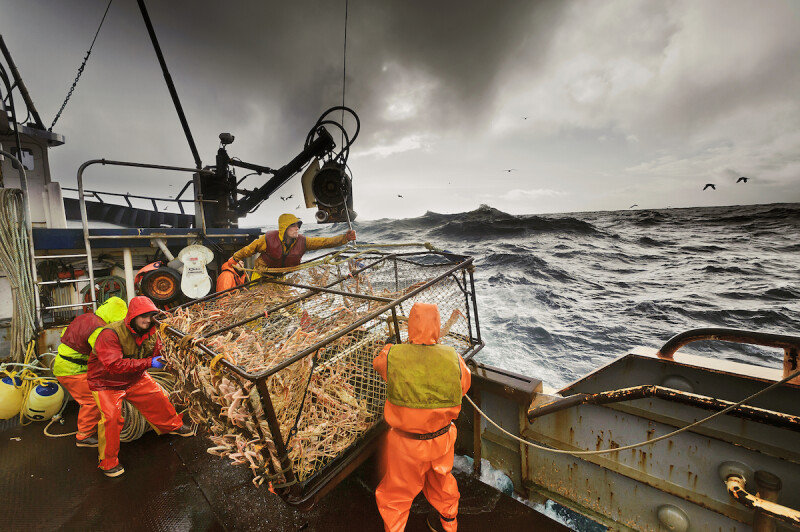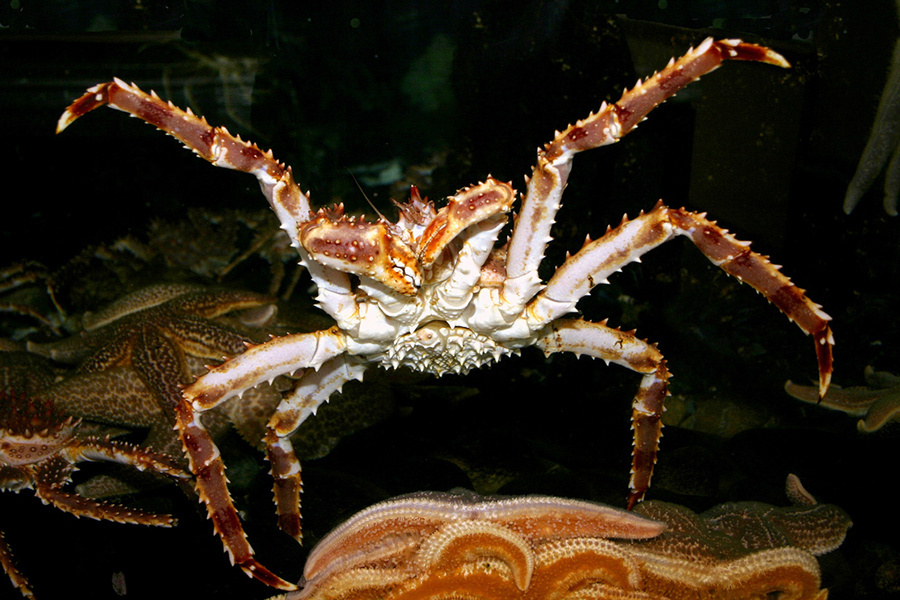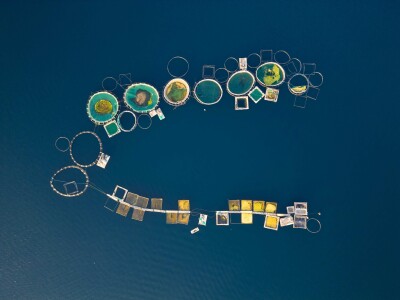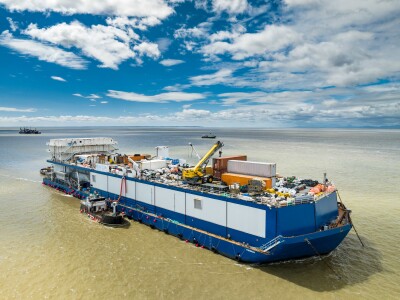The Alaska Department of Fish and Game canceled all opilio snow, red king crab, and blue king crab seasons for 2022-2023, in a devastating blow to North Pacific fishermen and processors after trawl surveys showed a continuing crash in abundance.
The announcement came Monday after Bering Sea crabbers had pressed the North Pacific Fishery Management Council during its October meeting to do more to reduce crab bycatch in trawl fisheries.
“On the heels of that decision came to an announcement that Bristol Bay red king crab will be closed for the second year in a row, and Bering Sea snow crab will close for the first time in the history of this fishery,” according to a statement from the Alaska Bering Sea Crabbers.
The group projects lost revenue at $500 million and warned that “many members of Alaska’s fleet will face bankruptcy, including second- and third-generation crabbers whose families are steeped in the culture of this industry. Long-time crew members who have worked these decks for decades will be jobless.”
“This decision just destroyed a fishing business of over 50 years and the crew that have a combined 100 years invested in it,” said Joshua Songstad from the F/V Handler. “Our crew of six has a combined 16 children to feed. No fishing model accounts for that.”
Andy Hillstrand from the F/V Time Bandit and the TV show Deadliest Catch said, “We’re going to have to let people go because there’s no work and we’ve lost the ability to make money for the upkeep of the vessel. Out of the 60-vessel crab fleet remaining since we consolidated years ago, we could lose up to half or more with this decision.”
Biologists and fishery managers had been warning for months that preliminary indications show the stocks in trouble, with rapid declines suspected to involve multiple ecosystem conditions. Those range from variations in ocean temperatures and season sea ice extent to predator pressure.
“Clearly, there’s no smoking gun,” Mark Stichert, a groundfish and shellfish fisheries management coordinator with the Alaska Department of Fish and Game, told National Fisherman in July. “We’ve been in this trend for quite some time, and something is preventing the young crab from entering the fishery.”
The official bad news arrived Monday with a series of announcements from ADF&G summarizing results from the final analysis of the National Marine Fisheries Service trawl survey results. Bristol Bay red king crab and Bering Sea snow crab fisheries were declared closed as the stocks were estimated to be below the regulatory threshold for opening the fisheries.
Last year’s allowable snow crab harvest of 5.6 million pounds was the smallest in 40 years, a lingering effect of stock collapse after the sudden 2019 ocean warming of the Bering Sea.
“ADF&G appreciates and carefully considered all input from crab industry stakeholders prior to making this decision,” according to an agency statement. “Understanding crab fishery closures have substantial impacts on harvesters, industry, and communities, ADF&G must balance these impacts with the need for long-term conservation and sustainability of crab stocks. Management of Bristol Bay red king crab must now focus on conservation and rebuilding given the condition of the stock.”
The agency says it will work with the crab industry “to evaluate options for rebuilding, including potential for sustainably fishing during periods of low abundance.”
Additionally, state officials are keeping the closed the Pribilof District blue king crab fishery closed, owning to abundance estimates still below the federal minimum stock size threshold and the overfished status of the stock.
Likewise, the Pribilof red king crab fishery remains closed due to uncertainty in the abundance estimates and “high potential for blue king crab bycatch during a directed red king crab fishery,” according to ADF&G. “This closure also applies to commercial fishing for Pacific cod for use as bait in the Bering Sea crab fisheries.”
A small Bering Sea tanner crab season for 2 million pounds will open on Oct. 16, according to ADF&G.
“The fleet will have only a small bairdi crab fishery in the Bering Sea this year at just over 2 million pounds,” according to the crabbers association. It may be enough for a handful of vessels to harvest, leaving most of the 60-vessel crab fleet forced to tie up.
“I am absolutely stunned that the state would do this to the directed crab fishery and not take complementary emergency action through the Council process to restrict other sectors' impacts on crab,” said Oystein Lone from the F/V Confidence. “This is devasting to our business, my family, our crews, and local communities. A small opening would have a low impact on the stock and habitat given the minimal footprint of our gear on the bottom and the short amount of time we fish.
“But it could really help to give us desperately needed funds to survive. The council did nothing to protect king crab grounds from ongoing habitat destruction and bycatch from both bottom and pelagic trawl fleets, both of which we have evidence that they drag on the bottom and destroy crab and habitat.”
Associations representing trawl fisheries say they have already taken measures to reduce bycatch. Crabbers have pressed the council to force more, with emergency action to close certain areas to all fishing gear to protect areas important to crab and their habitat.
“What the crab industry is facing is heartbreaking and what’s worse is that it is unnecessary. It didn’t have to be this way,” said Jamie Goen, executive director for the Alaska Bering Sea Crabbers. “The crab will eventually bounce back and could do so sooner if the North Pacific Fishery Management Council had taken steps to protect the stock, as requested by the fishermen themselves.”
The association in 2021 unsuccessfully sought an emergency closure to bottom trawl to protect an area rich with female red king crab as a conservation measure. “Bycatch data from this past year’s bottom trawl fishery shows that action would have helped the stock,” the association says. “This year, as concern over the stock grows, the new request from fishermen is expanded to a closure for all fishing gears.”
Goen says that preliminary analyses for snow crab show that small amounts of directed crab fishing and bycatch will still allow the stock to sustainably rebuild from low levels. The North Pacific Council allows the Bering Sea trawl sector to take 4.35 million crabs as bycatch in the groundfish fishery.
“At a minimum, if other sectors are allowed up to 4.35 million animals in bycatch through prohibited species catch limits while the snow crab stock is at low levels, then the direct crab fishery should be allowed at least that same amount, in line with the Magnuson-Stevens Act requirement to allocate fairly and equitably among sectors and to consider the needs of fishing communities,” said Goen during Council testimony.
Learn more about this topic at Pacific Marine Expo, taking place November 17-19 in Seattle, WA, during the What is Going on in the North Pacific? Closures, Climate Change or Catastrophe? session.








